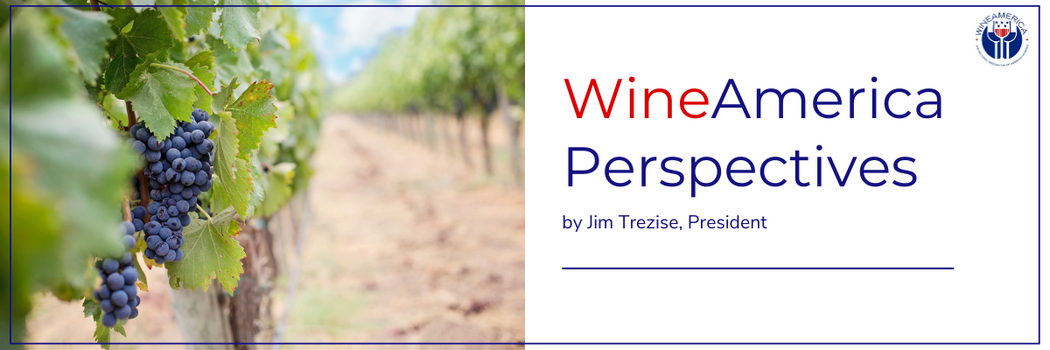As I reported last week, the President’s budget proposal includes a 14% boost for the United States Department of Agriculture (USDA) to support the Farm Bill plus additional research. How wise.
A few recent developments have reminded me of how research pays off in so many ways, even though it typically takes time to do so.
The American Society for Enology and Viticulture (ASEV) recently announced that the “Merit Award”, their top honor, will be presented in Napa at their June conference to Dr. Tim Martinson, who is now the Cornell Emeritus Extension Associate since retiring in 2022 after 30 years of service. Friendly, modest, and the ultimate team player, Tim’s list of major accomplishments and leadership on vital cooperative projects is far too long to cite here, but it extends from his groundbreaking work on Sustainability in New York, to informative e-publications like Veraison to Harvest and Appellation Cornell, to nationwide efforts such as VitisGen and the Northern Grapes Project.
The latter, funded by USDA and lasting five years from 2011-16, was a collaborative effort of researchers, trade associations, and supporters in 12 northern states with an interest in growing and marketing cold-climate grapes and wines. Commonly referred to as “Minnesota” varieties where most were created, varieties from Brianna to Edelweiss, Frontenac, LaCrescent, and Marquette have literally expanded the earth’s ability to produce wines in regions once thought too inhospitable to the vine.
The Northern Grape Project was like a three-legged stool involving viticulture, enology, and marketing. The results have been impressive. In my home state of New York, for example, we would not have a Thousand Islands wine region without the Minnesota varieties, but now it is thriving and boosting the regional economy.
Having tasted these types of wines starting years ago at various competitions, I can attest to their constant improvement over the years. At the San Francisco Chronicle Competition in January, my fellow judges from California were blown away by the quality of wines they had never heard of, and I sensed major improvements since the two years I had last tasted them.
Marketing is a challenge for any type of wine, but especially for newcomers like these. But a superb VitiNord conference in Burlington, VA, showed the determination and increasing sophistication of growers and vintners in this part of our industry and even worldwide.
As I mentioned in my opening Keynote address, titled, “Cold is Cool, and Small is Big”, it is only a matter of time and effort before cold-climate “Minnesota” varieties are recognized and applauded more broadly. And even though the vast majority of states producing these wines are small, when you add them all up, their total economic impact is huge:
—Total Economic Impact: $55 Billion (20% of National Impact)
—Wine Producers: 1290 (12%)
—Jobs: 345,302
—Wages: $4.17 Billion
—Tourist Visits: 7,935,981
—Tourism Expenditures: $2.7 Billion
—Total Taxes: $4.3 Billion
In short, the research which originally created these varieties (and continues to), plus efforts like the Northern Grapes Project, have paid off handsomely. They have made the earth more productive and its people happier.


